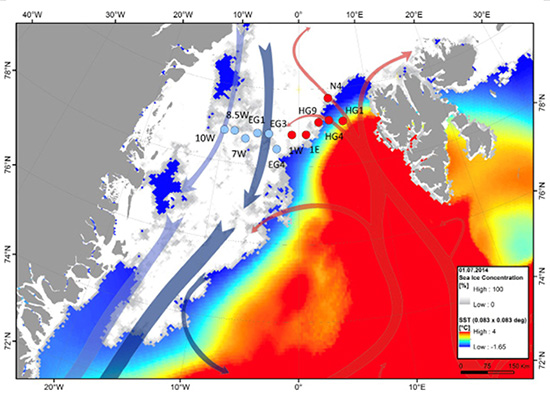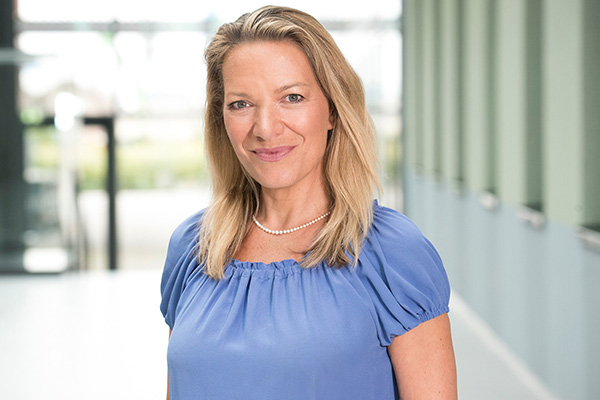Temporal and spatial microbial dynamics in the Arctic Ocean
Magda Cardozo-Miño – Hector Fellow Antje Boetius
The project investigates composition and function of microbial communities in Fram Strait, the major gateway between the Arctic and the Atlantic Oceans, and how these are linked with environmental conditions. A series of cutting-edge, molecular approaches are applied to assess microbial functional capacities, community composition and their temporal variation in a region under special threat by climate change. The project is supervised by Hector Fellow Antje Boetius.
The project focuses on microbial dynamics in Fram Strait, the major gateway between the Arctic and Atlantic Oceans and an a prominent region to study in the wake of climate change. To date, composition and functional capacities of prokaryotes in Fram Strait are poorly understood, but have major implications for ecosystem functioning. Here, I will elucidate community composition and genetic content in ice-covered and ice-free waters of Fram Strait, with emphasis on processes of carbon transformation, interactions with other organisms and links with environmental parameters. Snapshots of functional diversity between regions will be completed by temporal analyses of community development over seasons and years, enabled through samples collected by autonomous devices. Furthermore, the connectivity between bacterial communities in sea ice and water will be studied by on-board experiments to track sea ice microorganisms as the ice melts. This will elucidate community and biogeochemical processes under scenarios that will occur more frequently in the warming Arctic. Altogether, the doctoral combines cutting-edge, omics-based approaches to answer central questions on microbial dynamics in the Arctic Ocean. The project is supervised by Hector Fellow Antje Boetius.

Regional separation of Fram Strait. Monthly average of sea-ice coverage (in white) and sea surface temperature during June 2014. The arrows represent general directions of the water masses WSC (in red) and the EGC (in blue). Courtesy of Dr. Eduard Fadeev AWI.

Magda Cardozo-Miño
Max Planck Institute for Marine MicrobiologySupervised by

Antje Boetius
Biology Hector Fellow since 2013
Hector Fellow since 2013
